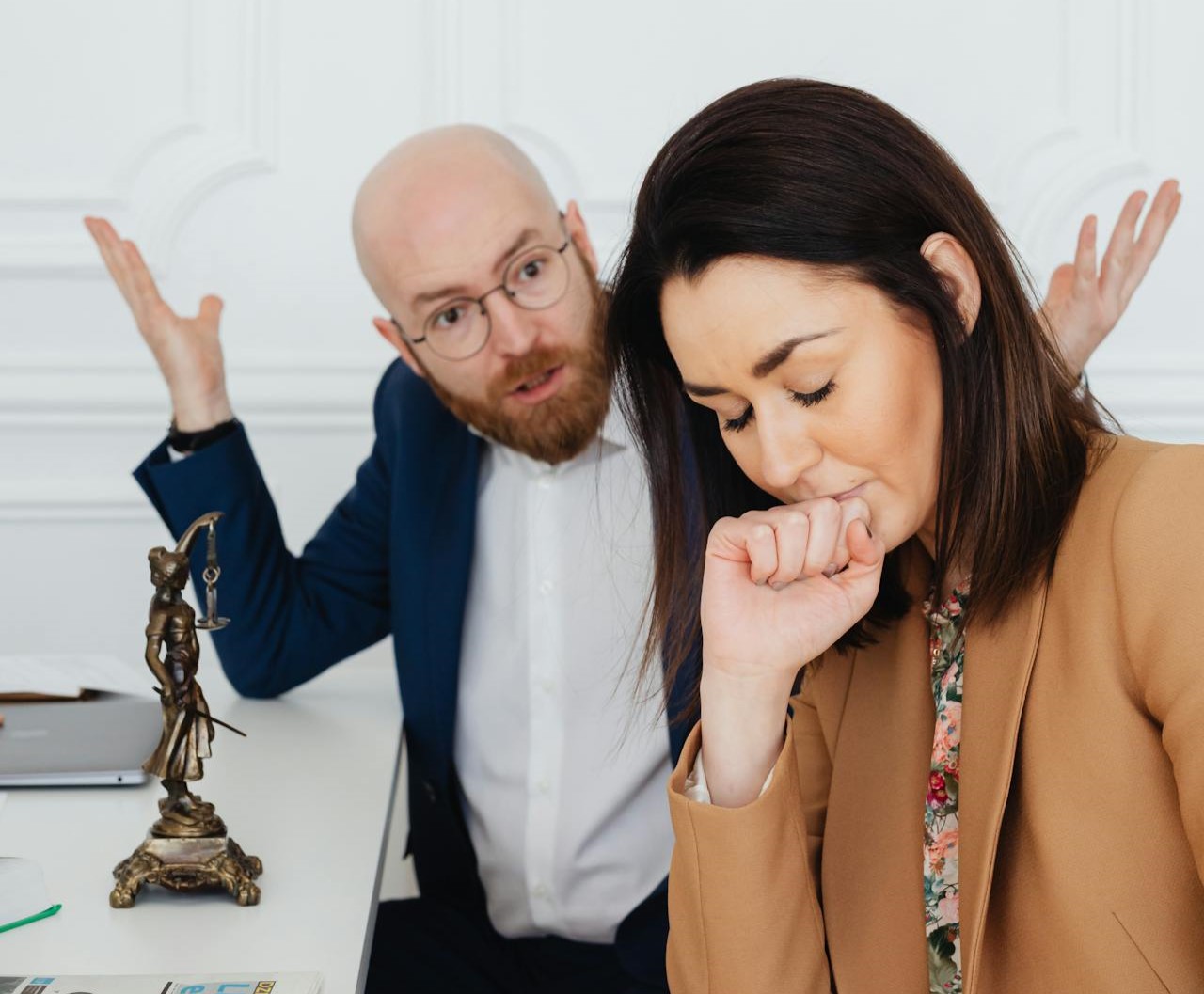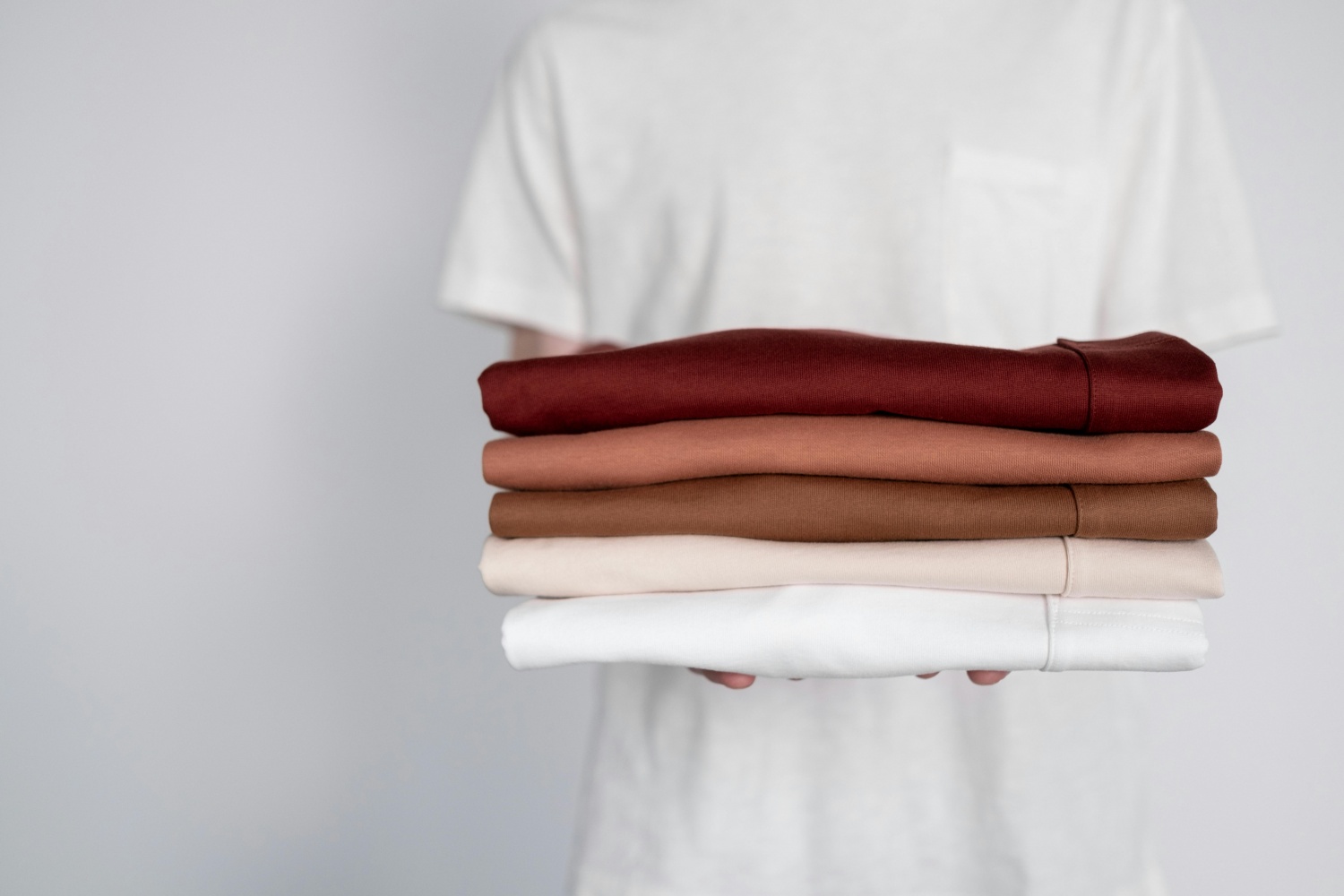Mental Health
What is Color Psychology?
Color is a powerful tool that can affect how people feel and behave, making color psychology a powerful tool.
Color Psychology
Color psychology is the study of how colors impact human emotions and behaviors.
Artists and interior designers have long believed that colors can significantly influence moods and emotions. For instance, the artist Pablo Picasso once remarked that colors can follow the changes of emotions. Rachel Goldman, Ph.D., also emphasized the substantial impact colors can have on mood and behavior.
Colors can convey information, create specific moods and influence decisions. They can affect what people buy, the clothes they wear, and how they decorate their spaces.
Psychological Effects of Color
Scientific interest in color psychology is relatively recent, but people have always been fascinated by color's effects. In ancient times, colors were used for treating ailments and influencing emotions. Warm colors, such as red, orange and yellow, can evoke feelings of warmth or anger. Cool colors, including blue, purple and green, are often calming but can also bring about feelings of sadness.
Symbolic Color Meanings
Different colors have various symbolic meanings. For instance, red signifies passion and love, while blue represents calmness and wisdom. A study conducted in 2020 involving participants from 30 countries found that these associations often have universal qualities. For example, 68% of participants associated red with love, and 52% felt that yellow signifies joy.
Cultural Differences and Personal Experiences
Color meanings can vary widely across cultures. In many Western countries, white symbolizes purity, while in some Eastern cultures, it represents mourning. These cultural differences show that personal and cultural experiences play a significant role in how colors are perceived.
Color Psychology in Therapy
Ancient practices like chromotherapy, or color therapy, are still used today. Red is used to stimulate the body and mind, while blue is believed to soothe pain. Although modern psychologists view color therapy with skepticism, some studies suggest it might help alleviate conditions like compassion fatigue.
Modern Research and Applications
Researchers continue to explore color psychology's potential applications. Questions remain about how color associations develop and how powerful these associations are.
There is interest in whether colors can improve productivity, enhance safety, or influence consumer behavior. Andrew Elliot and Markus Maier highlight the need for more empirical research in this field, as many claims about color psychology lack solid evidence.
Conclusion
While more research is needed, color psychology suggests that colors can influence emotions and behaviors. Understanding these effects can help in various fields, from marketing to interior design.








Join the Conversation